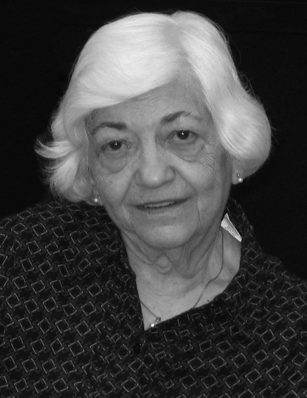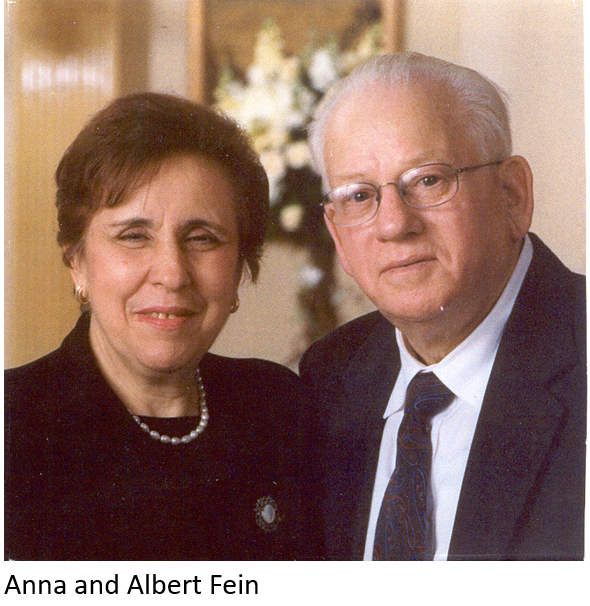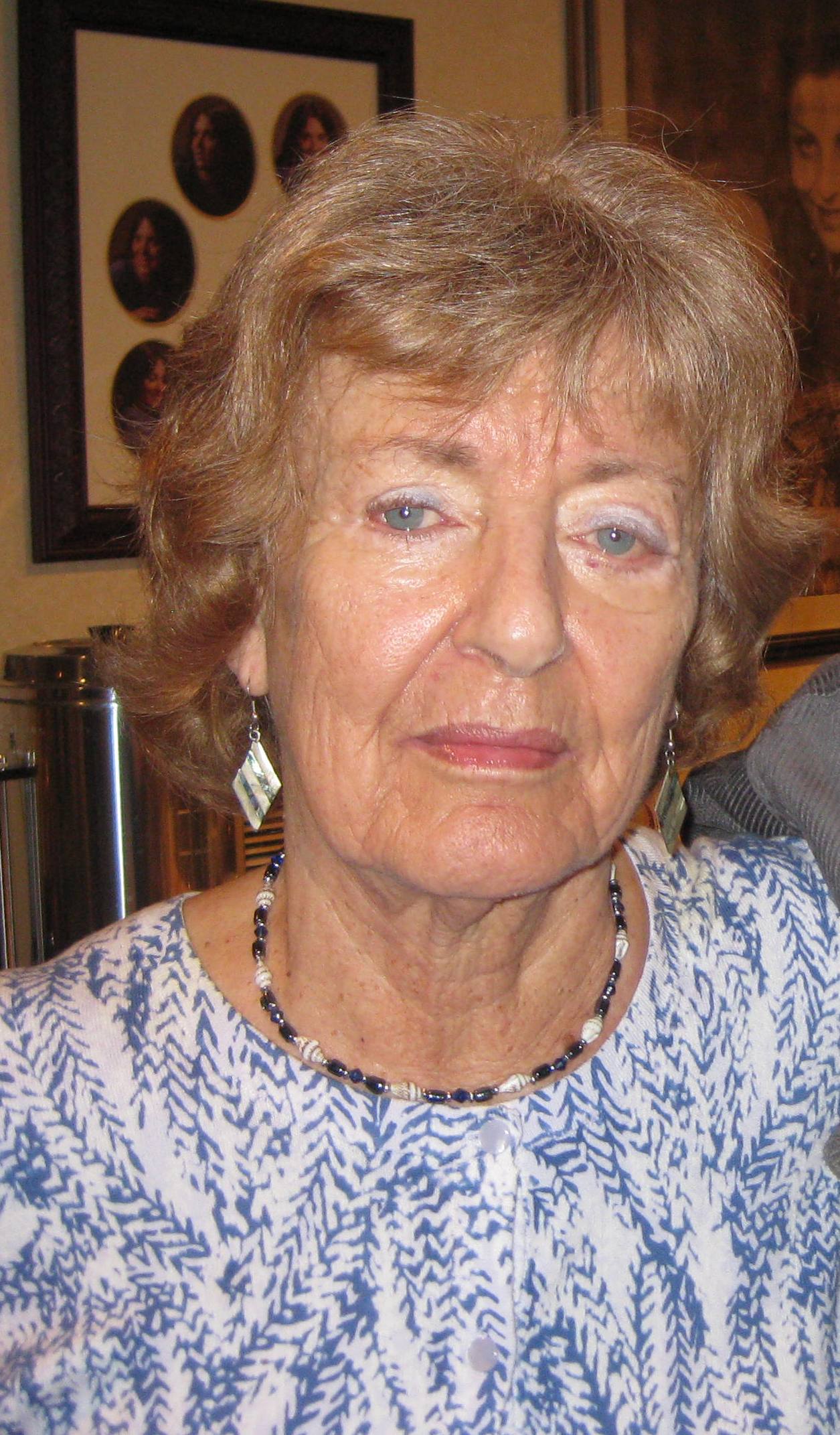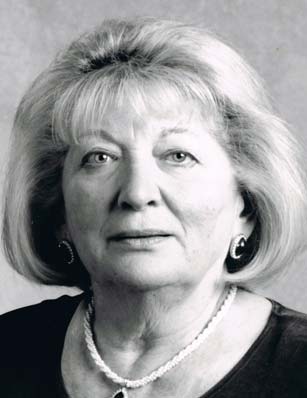Experience: Zionism
|
|
|

|
|

|

|
|
|

|
|
|
|
|
|
|
|
|
|
|
|
|
|
|
|
|
|
|
|
|
|
|
|
|

|

|
|
|
|
|
|
|
|
|
|
|
|
|
|
|
|
|
|
|
|
|
|
|
|

|

|

|
Zionism and Aliyah Bet
“Empowered by its own martyrdom and the legacy left it by the dead, the Sh’erit ha-Pletah—in the name of the everlasting awful majesty of one and a half million martyred children, two and a half million martyred mothers and wives, two million fallen fathers and brothers, a quarter of a million DPs still wasting away in the camps—demands of the Jewish people a single and united national-political attitude. This is the basic foundation of the Zionism of the survivors. It is no party Zionism; it is a historical-philosophical Zionism felt as a historical mission, as a debt to the dead."
-Solomon Gringauz, Commentary
“Zionism (the movement to return to the Jewish homeland in what was then British-controlled Palestine) was perhaps the most incendiary question of the Jewish displaced persons (DPs) era and it demonstrated the plight and will of the Sh’erit ha-Pletah. In numbers that steadily increased from 1945-48, Jewish survivors chose British-controlled Palestine, out of ideological desire and pragmatic will for a haven, as their most desired destination. In doing so, the masses of Jewish DPs became an influential force in the Zionist cause and in the political debate about the creation of a Jewish state in the Holy Land. They condemned British claims that open immigration to Palestine would upset the diplomatic balance.
“Evidence of many Jewish DPs’ identification with the Zionist cause was abundant. Hachsharot and kibbutzim (agricultural training farms and communes that prepared members of the Sh’erit ha-Pletah for the principles of Zionism and the rigors of the pioneering life) were founded in many DP camps. Zionist youth groups like Ha-Shomer ha-Tsa'ir instilled an affinity for Israel among the young DPs. David Ben-Gurion, chairman of the Jewish Agency in Palestine (the representative body of Zionist organizations) and leader of the Zionist cause, visited DP camps several times in 1945 and 1946, addressing the DPs not as victims, but as comrades in a new struggle. His visits raised the morale of the DPs and helped rally them politically on behalf of a Jewish state. The Jewish Agency and Jewish soldiers from Palestine further consolidated the alliance between the Sh’erit ha-Pletah and the Zionists, often assisting illegal immigration to Palestine. Mass protests against the British policies of closed immigration and tight rule of Palestine became common occurrences in the DP camps, giving the Sh’erit ha-Pletah a central rallying cry. Sh’erit ha-Pletah leader Abba Kovner urged fellow survivors to "transform the Jewish tragedy from a sea of tears and blood into a form of revolutionary strength."
“With the creation of the State of Israel in May 1948, the doors of immigration to Israel were thrown open and more than 100,000 Jewish DPs immigrated there, achieving the dream of a Jewish homeland.”
United States Holocaust Memorial Museum
http://www.ushmm.org/museum/exhibit/online/dp/zionism.htm
Accessed on July 27, 2011
http://www.ushmm.org/museum/exhibit/online/dp/zionism.htm
Accessed on July 27, 2011
“Aliyah Bet is the Hebrew term that refers to the clandestine immigration of Jews to Palestine between 1920 and 1948 when Great Britain controlled the area. The Hebrew word "aliyah" (literally, "ascent") commonly refers to immigration to the Land of Israel, while "bet" (the Hebrew equivalent of the letter "B") here implies something unofficial or secret. The phrase Aliyah Bet describes the movement of Jewish refugees, many of them survivors of the Holocaust, not permitted to enter Palestine by the British authorities. Initiated by Zionist activists as the urgency for Jews to leave Europe intensified, this phenomenon was referred to by the British as "illegal" immigration. By 1948, well over 100,000 people had taken this route, including more than 70,000 Holocaust survivors.
“The number of immigrants officially allowed to enter Palestine always failed to meet demand and, in periods of political crisis, the British severely restricted or even forbade entry. Jewish refugees found many ways to evade the British immigration quotas. However, travel by ship soon became the main mode of transport for Aliyah Bet, with thousands arriving each year. In 1938, the Mosad l'Aliyah Bet (Organization for "Illegal" Immigration, established by the Jewish leadership in Palestine) began coordinating these efforts. During World War II, Aliyah Bet continued, but at a slower pace and under more dangerous conditions, with hundreds of lives lost at sea. Despite the dangers, 62 such voyages were carried out from 1937 to 1944.
“After World War II, the number of Jewish refugees seeking to enter Palestine increased dramatically. The horrors of the Holocaust, coupled with postwar antisemitism and violence, prompted most survivors to leave Europe. In particular, tens of thousands living in displaced person camps, almost all in the American zone of occupation, sought to join the Jewish community in Palestine. Organized by the Mosad l'Aliyah Bet and using an underground network known as the Brihah (Hebrew for "flight"), Holocaust survivors moved from the DP camps (primarily in Germany, Austria, and Italy) or from elsewhere in eastern Europe to gathering points in port cities (typically in Italy, France, Yugoslavia, or Greece). Available boats were usually substandard, often old cargo ships, and were overcrowded with passengers.
“Following the lengthy, uncomfortable journey, over 90 percent of the ships were intercepted by the British navy. British authorities forcibly moved the refugees to detention camps, primarily on the Mediterranean island of Cyprus. By 1948 the British held over 50,000 Jewish refugees in internment camps in Cyprus.
“This policy proved a public relations disaster for the British government, with foreign press coverage of the plight of the refugees arousing sympathy. In particular, the case of the “Exodus” rallied world opinion. This ship, carrying some 4,500 Jewish displaced persons, set sail from France in July 1947 and was intercepted by British destroyers even before entering Palestine's territorial waters. The passengers resisted removal and violence ensued, resulting in three refugees killed and many injured. The passengers were forced to return to Marseille, their point of embarkation; however, French authorities refused to remove them for almost a month. Finally, the British sailed the vessel to Hamburg, removed the passengers by force, and interned them in a British-administered holding camp. The sight of Jewish refugees, many of them recently freed from Nazi concentration camps, being held in detention camps on German soil was disturbing. It also challenged the image of the British as liberators, provoking an international outcry.
“In November 1947, the United Nations voted to partition Palestine into two countries (one Jewish, one Arab). British troops began to withdraw from Palestine in April 1948, and in May 1948 the Zionist leader David Ben-Gurion proclaimed the establishment of the modern state of Israel. All limitations on Jewish immigration were immediately lifted.”
USHMM – Aliyah Bet
Accessed July 14, 2011
— Central Zionist Archives
Accessed on July 26, 2011
— United States Holocaust Memorial Museum
Accessed on July 26, 2011
— Central Zionist Archives
Accessed on July 26, 2011
— Bildarchiv Preussischer Kulturbesitz
Accessed on July 26, 2011
— Bildarchiv Preussischer Kulturbesitz
Accessed on July 26, 2011
— Bildarchiv Preussischer Kulturbesitz
Accessed on July 26, 2011-07-26
Contact us
thank you!
Your application is successfuly submited. We will contact you as soon as possible
thank you!
Your application is successfuly submited. Check your inbox for future updates.